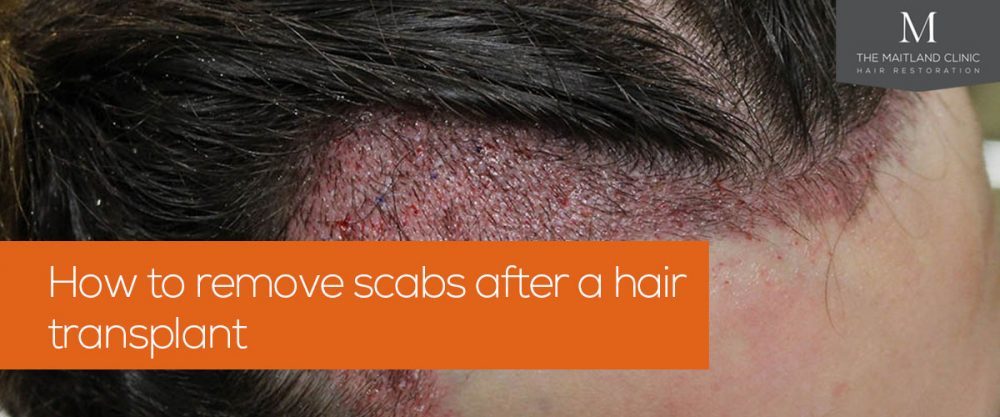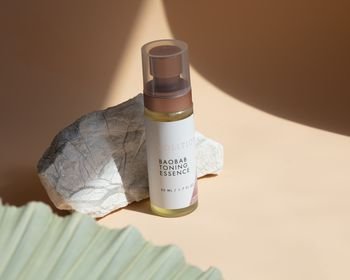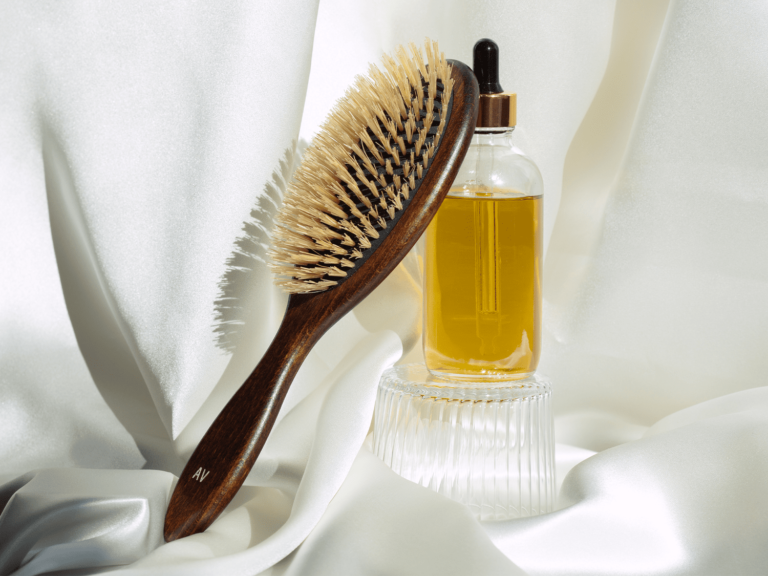Why Your Hair Takes Ages to Dry: Quick-Fix Tips!
Hair takes long to dry due to its thickness, porosity, or ambient humidity. Quickening the process involves using absorbent towels, blow-dryers, or decreasing hair’s moisture.
Struggling with hair that takes an eternity to dry can leave you feeling frustrated, especially when you’re rushing out the door. Various factors, including hair density and environmental conditions, play a crucial role in the drying time of your locks.
Understanding these elements provides insight into the unique demands of your hair care routine. Let’s delve into the reasons behind prolonged drying times and reveal actionable tips to expedite the process. Whether you’re looking for ways to enhance your morning routine or wishing to protect your hair from heat damage, this discussion aims to empower you with knowledge and techniques to manage your hair more effectively. Embracing the right tools and methods could transform your post-shower ritual into a swifter, more enjoyable experience.
The Science Behind Hair Drying Times
Ever wonder why some locks dry quickly while others linger in dampness? The secret lies in the science of hair. Each strand’s unique characteristics and the environment affect drying time. Let’s dive into the factors and solutions for those extended dryer sessions.
Factors Affecting Drying Speed
Hair thickness, length, and environmental conditions play major roles in drying times. Here’s a quick look:
- Thickness: Thicker hair holds more moisture and takes longer to dry.
- Length: Long hair means more surface area, hence a longer drying period.
- Environmental Humidity: High humidity can slow the drying process significantly.
- Airflow: Good air circulation facilitates faster drying.
- Water Temperature: Warm water can speed up evaporation.
Hair Porosity And Its Impact
Hair porosity refers to your hair’s ability to absorb and retain moisture. It affects drying time immensely. Here’s a breakdown:
| Porosity Type | Characteristics | Drying Time Impact |
|---|---|---|
| Low Porosity | Tight cuticles, resists moisture | Tends to dry slower |
| Medium Porosity | Accepts moisture well | Balanced drying time |
| High Porosity | Loose cuticles, absorbs quickly | Dries rapidly |
To manage drying time better, know your hair’s porosity. Use porosity-appropriate products and adjust your hair care routine accordingly.

Credit: www.healthline.com
Hair Types And Drying Dynamics
Let’s dive into the world of hair types and drying dynamics. Your hair’s unique characteristics greatly impact how quickly it can go from drenched to dry. Understanding these factors is key to finding your personal shortcut to fully dried, styled locks.
Texture And Length Influences
The texture and length of your hair play significant roles in drying time. Fine hair often dries quicker than coarse or thick strands. Thicker hair holds more water, naturally extending the drying process. Similarly, long hair takes longer to dry because there’s more of it to manage. Shorter styles benefit from a faster drying period, as they have less surface area to cover. Here’s a quick glance at how different hair features affect drying time:
| Hair Texture | Hair Length | Typical Drying Time |
|---|---|---|
| Fine | Short | Quick |
| Coarse | Medium | Moderate |
| Thick | Long | Slow |
Curly Vs. Straight: A Drying Duel
Curly hair and straight hair present a fascinating drying duel. Curls tend to dry slower compared to straight strands. The reason behind this is the structure of the curls. They create pockets that trap water, leading to a longer evaporation process. Meanwhile, straight hair allows water to slide off more easily. This results in a shorter drying time. To illustrate:
- Curly hair: Holds water, dries slower.
- Straight hair: Releases water, dries faster.
Common Culprits Of Slow Drying
Hair that takes ages to dry can be a real hassle. Understanding the reasons behind it could be the key to quicker drying times. Several factors contribute to this problem. Let’s dive into some of the common culprits causing your hair to take a lengthy time to dry.
Excessive Hair Damage
Damaged hair is a main suspect in the slow-drying mystery. When your strands are impaired, they keep moisture trapped within, leading to extended drying periods. Here’s a concise look at how hair damage slows down drying:
- Split ends: Create more surface area that holds water.
- Porous hair: Absorbs and retains excess moisture.
- Weak strands: Break easily, retaining dampness.
Minimize heat styling and chemical treatment. Regular trims and conditioning treatments also help mitigate this issue.
The Product Buildup Problem
Hair products are essential, but too much leads to buildup. Layers of products form a barrier on your hair, making water evaporate slower. Consider the following points:
| Product Type | Effect on Drying Time |
|---|---|
| Heavy oils and serums | Coat the hair, locking in moisture. |
| Silicones in conditioners | Create a water-resistant layer. |
| Styling creams | Thicken the hair’s surface, slowing evaporation. |
To avoid buildup, use clarifying shampoos regularly. Opt for lightweight products that don’t weigh down your hair.
Environmental Effects On Drying
Environmental Effects on Drying often go unnoticed, yet they play a significant role in how long it takes for your hair to dry. Elements like humidity and temperature can turn a quick blow-dry into a lengthy ordeal. Let’s dive into these atmospheric adversaries to understand their impact and find ways to counteract them for faster hair drying times.
Humidity And Hair: The Battle
Humidity is hair’s invisible enemy, often causing prolonged drying times. Water vapor in the air keeps hair damp and can make it feel like a never-ending cycle of dryness and moisture. Consider these points to tackle humidity:
- Anti-humidity hair products: Apply them to create a barrier against moisture.
- Microfiber towels: Use these to wick away moisture more effectively than regular towels.
- Dehumidifiers: Run one in your space to reduce the overall moisture level in the air.
Temperature Troubles
Temperature plays a crucial role in the drying process. Cold air can cause hair to dry slowly, while warm air speeds it up. Here are some tips to combat temperature troubles:
- Boost indoor heating: On chilly days, a warmer environment helps.
- Blow-dry on a warm setting: This uses the temperature to your advantage.
- Avoid cold drafts: Close windows to keep cold air out and warm air in.
Tools Of The Trade
Waiting endlessly for your hair to dry can test your patience. But with the right ‘Tools of the Trade’, you can transform this arduous task into an efficient beauty ritual. Equip yourself with these game-changing items, and you’re bound to see a significant cut in drying time. Let’s dive into the essentials that promise quicker, healthier drying for those precious locks.
High-wattage Hairdryers
High-wattage hairdryers offer a powerful solution for long drying times. These robust devices use more energy to produce greater airflow and heat, resulting in faster drying times. Look for models ranging from 1800 to 3600 watts for the best efficiency. Be sure to choose a hairdryer with multiple heat settings. This ensures you have control over how much heat your hair is exposed to, minimizing potential damage.
| Wattage | Drying Power | Heat Settings |
|---|---|---|
| 1800 – 2000W | Strong | Multiple |
| 2001 – 3600W | Strongest | Multiple |
Using a high-wattage hairdryer can cut drying time in half. This means more time for styling or those extra minutes of sleep in the morning!
Microfiber Towels Magic
Microfiber towels work like a charm for quick drying. Unlike regular towels, microfiber is designed to absorb moisture quickly and efficiently, wicking away excess water without causing frizz or damage. This material is gentle on hair, reducing the need for rubbing and thus preventing breakage and split ends. Here’s how microfiber outshines conventional cotton towels:
- Super absorbent: Microfiber can hold up to seven times its weight in water.
- Lightweight: These towels are easy to wrap and stay put, cutting drying time significantly.
- Soft texture: Gentle on hair and reduces friction.
Switching to a microfiber towel is not just good for your hair’s health. It’s an easy step toward quicker, stress-free mornings. Wrap your hair and let the towel work its magic. Fewer minutes drying equals more time enjoying your day!
:max_bytes(150000):strip_icc()/How-to-dry-hair-fast_800x1000-852b1e5e68394db9b70e84453ccd1650.jpg)
Credit: www.byrdie.com
Techniques To Speed Up Drying
Waiting for your hair to dry can be like watching paint dry – slow and tedious. But it doesn’t have to be that way. Explore these efficient techniques to expedite your hair drying process, leaving you with more time to enjoy your day and less time under the blow dryer.
Blotting Vs. Rubbing
Blot, don’t rub! This is the golden rule for quick hair drying. Let’s see why:
- Blotting refers to gently pressing a towel against your hair to absorb water.
- Rubbing can damage your hair and cause frizz.
To blot correctly:
- Use a microfiber towel or t-shirt for less friction.
- Press gently, moving from the roots to the ends.
- Twist hair lightly if needed, but avoid harsh movements.
The Conditioning Conundrum
Conditioner can impact drying time. Here are some tips to maintain hair health without increasing drying time:
| Use lightweight conditioners | Avoid root application to reduce weight |
|---|---|
| Opt for sprays or leave-ins if your hair is fine. | Apply from mid-lengths to ends only. |
| Heavier conditioners can extend drying. | Increase volume and dry time with correct application. |
Selecting the right conditioner and applying it correctly can prevent prolonged drying periods. Embrace effective conditioning without sacrificing quick styling!
Styling Products And Drying Time
Wondering why hair takes forever to dry? Styling products play a big role. But don’t worry! You can cut down drying time with smart choices. Ready to find out how?
Selecting Sprays And Serums
Choosing the right styling aids is key to quick drying. Not all sprays and serums are the same. Lightweight formulations work best for a speedy dry. Here’s what to look for:
- Water-based sprays: They evaporate fast.
- Volatilizing silicones: These serums vanish when heated.
- Alcohol content: It dries quickly but avoid if hair is dry.
Avoiding Over-application
Too much product can mean extra drying time. Here’s how to apply just enough:
- Start with a small amount.
- Spread evenly through hair.
- Layer gradually if needed.
Remember, less is often more when it comes to drying time and styling products. Sticking to these tips can speed up your routine significantly.
Quick-fix Tips To Try Today
Feeling frustrated with how long it takes for your hair to dry? It’s a common dilemma. Wet strands can cling tenaciously to moisture, but you don’t have to remain at their mercy. Implement these quick-fix tips today to revolutionize your drying routine.
Efficient Towel Techniques
Ditch the heavy bath towels for microfiber ones to minimize hair friction and breakage. Microfiber towels are gentler and more absorbent, which means quicker drying without the damage.
- Wrap your hair gently to avoid tugging.
- Blot, don’t rub, to soak up excess water.
- Use a microfiber turban for hands-free drying.
Innovative Drying Styles
Choose the right hairstyle to speed up the drying process. Quick-drying hairstyles can prevent damage and save time. Try these hair-friendly styles right after towel-drying:
| Style | Benefits |
|---|---|
| Loose braids | Promotes even air flow and dries faster |
| Loose bun on top | Reduces hair’s contact with skin |
| Clipped-up sections | Allows roots to dry quicker |
When To Seek Professional Help
Tired of waiting forever for your wet hair to dry? At times, hair can feel like it takes an eternity to dry. This can signal it’s time for expert advice to tackle the issue effectively.
Persistent Drying Delays
Experiencing ongoing slow drying times isn’t just a nuisance; it may point to underlying hair health concerns. If you notice your hair consistently takes too long to dry, it might be more than just excess moisture. Thick density, high porosity, or damage can cause hair to retain water longer. Look for patterns in drying time and take note of any changes in your hair’s texture or strength.
If you’ve tried multiple techniques to speed things up to no avail, it’s time for a closer inspection. Excessive dry times can lead to potential scalp issues, including overgrowth of bacteria or fungus from damp conditions. Key signs that warrant professional help include:
- Frequent breakage and split ends
- Sudden changes in hair texture
- Scalp irritation or itchiness
Consulting A Trichologist
When home remedies and tips fail, seek a trichologist’s guidance. They specialize in scalp and hair health. A trichologist examines your scalp, hair structure, and possible internal factors contributing to long drying times. They provide personalized treatment plans that may include:
- Proper hair care routines
- Product recommendations
- Nutritional advice
- Scalp treatments
Remember, healthy hair and scalp are pivotal for quicker drying times. Don’t hesitate to get professional assistance. They offer evidence-backed solutions tailored to your unique situation, ensuring your hair looks and feels its best, all while saving you valuable time during your daily routine.

Credit: www.themaitlandclinic.com
Frequently Asked Questions
What Does It Mean If Your Hair Takes A Long Time To Dry?
Hair taking a long time to dry often indicates high porosity or density. High porosity hair absorbs more water, and dense hair holds more moisture, both extending drying time.
How Can I Make My Long Hair Dry Faster?
To dry long hair faster, wring it out gently after washing and use a microfiber towel for quick moisture absorption. Apply a heat protectant before blow-drying on a medium setting. Brush through with a wide-toothed comb, directing the nozzle down to avoid frizz.
How To Speed Up Air Drying Hair?
To speed up air drying hair, towel dry gently, use a microfiber towel to reduce frizz, detangle with a wide-tooth comb, and apply a lightweight leave-in conditioner. Opt for a breezy spot or use a fan to accelerate drying.
Why Does Damaged Hair Take Longer To Dry?
Damaged hair has a raised cuticle, allowing it to absorb and retain more water. This excess water makes the drying process longer.
Conclusion
Understanding your hair’s unique drying needs can transform your routine. Quickening the drying process is a blend of technique and the right tools. Adopt these proven strategies, and witness not just faster drying times, but healthier, more vibrant locks. Embrace the change and love your hair’s new zest for life!








